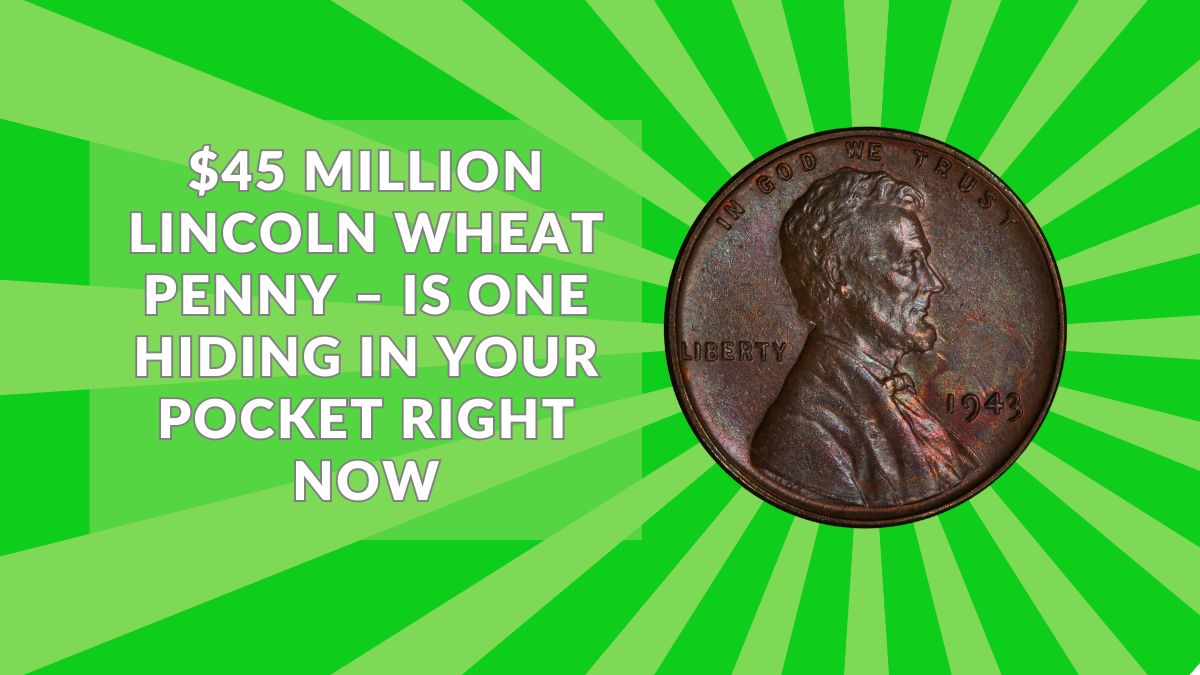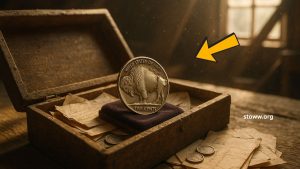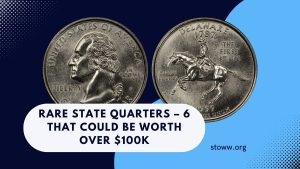The Lincoln Wheat Penny, minted from 1909 to 1958, holds a special place in American numismatics. Recently, rumors have circulated about a Lincoln Wheat Penny valued at an astounding $45 million.
While this figure is more myth than reality, certain rare variations of this coin can indeed fetch significant sums. Understanding these nuances can help collectors and enthusiasts identify valuable pieces in their collections.
Origins and Design
Introduced in 1909 to commemorate the centennial of Abraham Lincoln’s birth, the Lincoln Wheat Penny was the first U.S. coin to feature a real person.
The obverse showcases a profile of Lincoln, while the reverse displays two wheat stalks, symbolizing prosperity. This design remained until 1958, after which the reverse was changed to depict the Lincoln Memorial.
Debunking the $45 Million Valuation
While no Lincoln Wheat Penny has sold for $45 million, some have achieved remarkable prices due to their rarity and unique characteristics.
For instance, the 1943-D Bronze Cent sold for $1.7 million in 2010. Such high valuations are exceptions, not the norm.
Notable Rare Varieties
Several Lincoln Wheat Pennies are particularly sought after:
- 1943 Bronze Cent: During World War II, pennies were minted from zinc-coated steel to conserve copper. However, a few were mistakenly struck on bronze planchets. These rare coins can fetch up to $1.7 million, depending on their condition.
- 1944 Steel Cent: In 1944, the mint returned to bronze pennies, but some steel planchets from 1943 were used inadvertently. These coins are valued between $75,000 to $400,000.
- 1955 Doubled Die Obverse: A minting error caused a noticeable doubling of the date and inscriptions on the obverse. Such coins can be worth between $1,500 to $50,000, based on their condition.
Identifying Valuable Lincoln Wheat Pennies
To determine if you possess a valuable Lincoln Wheat Penny, consider the following:
- Date and Mint Mark: Check the year and the mint mark (e.g., ‘S’ for San Francisco, ‘D’ for Denver). Certain combinations are rarer than others.
- Material Composition: Use a magnet to test if the coin is steel (magnetic) or bronze (non-magnetic).
- Errors and Variations: Look for anomalies like doubling of text or missing mint marks.
- Condition: Coins in better condition (minimal wear and clear details) are more valuable.
Preservation Tips
To maintain or enhance your coin’s value:
- Proper Storage: Store coins in protective holders to prevent damage.
- Avoid Cleaning: Cleaning can reduce a coin’s value; it’s best to leave them in their natural state.
- Professional Grading: For potentially valuable coins, consider having them graded by reputable services to authenticate and assess their condition.
| Coin Type | Year | Mint Mark | Composition | Estimated Value Range |
|---|---|---|---|---|
| 1943 Bronze Cent | 1943 | D | Bronze | Up to $1.7 million |
| 1944 Steel Cent | 1944 | S | Steel | $75,000 – $400,000 |
| 1955 Doubled Die Obverse | 1955 | None | Bronze | $1,500 – $50,000 |
| 1909-S VDB Penny | 1909 | S | Bronze | $700 – $2,500+ |
While the notion of a $45 million Lincoln Wheat Penny is a myth, certain rare variations can still command impressive prices.
By familiarizing yourself with these key features and diligently examining your collection, you might just discover a hidden treasure.
FAQs
What makes a Lincoln Wheat Penny valuable?
Factors such as rarity, minting errors, unique features, and the coin’s condition contribute to its value.
How can I authenticate my penny?
Consulting a professional coin grading service can provide authentication and assess the coin’s condition.
Is cleaning my penny advisable?
No, cleaning can diminish a coin’s value. It’s best to preserve its original state.



